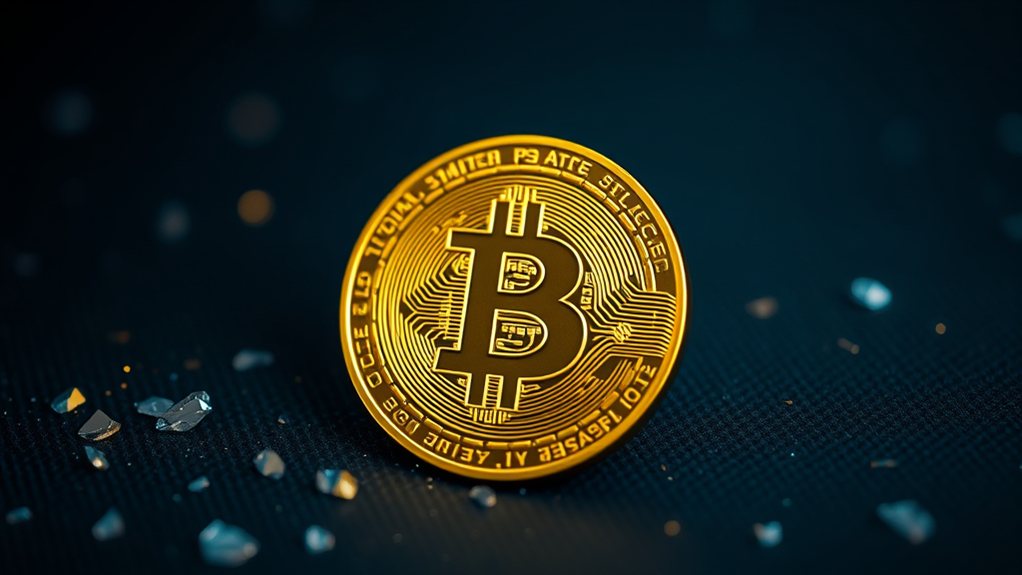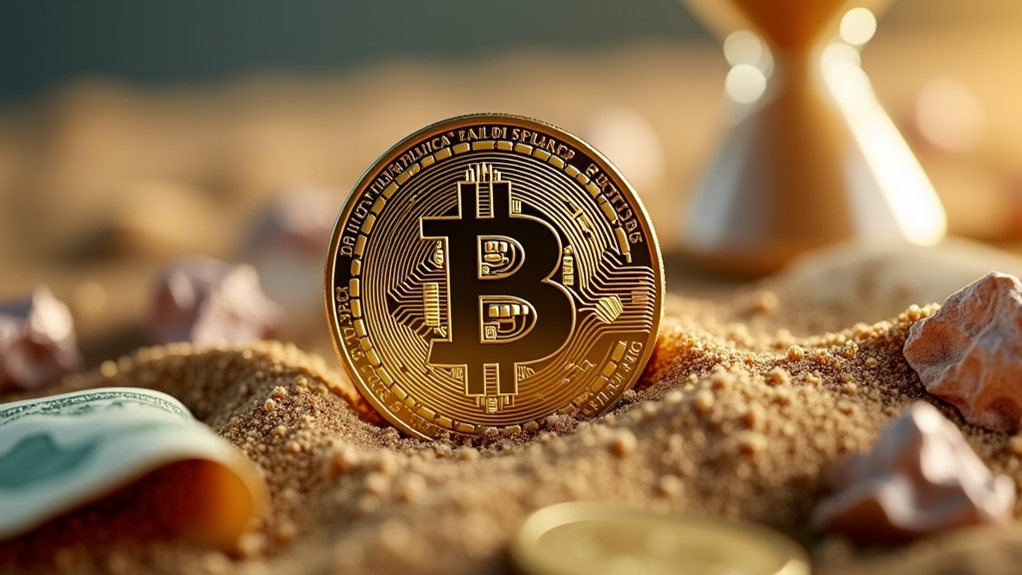Bitcoin's scarcity stems from its fixed supply cap of 21 million coins that can never be increased. Unlike traditional currencies that governments can print at will, Bitcoin's supply is mathematically limited. New coins are released through mining, with rewards halving every four years, slowing the issuance rate. Additionally, an estimated 3-4 million bitcoins have been permanently lost, further reducing available supply. This programmed scarcity creates a unique economic model that distinguishes Bitcoin from all other assets.

Scarcity sits at the heart of Bitcoin's value proposition. Unlike traditional money that governments can print at will, Bitcoin has a fixed supply cap of 21 million coins that can never be changed. This built-in limitation makes Bitcoin fundamentally different from dollars, euros, or any other currency that can be created endlessly.
The Bitcoin network releases new coins through a process called mining. Miners solve complex math problems to verify transactions, and they receive Bitcoin as a reward. Currently, miners earn 3.125 bitcoins approximately every 10 minutes. This reward amount isn't permanent, though. Every four years, an event called the "halving" cuts the mining reward in half, reducing the flow of new coins into circulation.
As of 2025, more than 19 million bitcoins have already been mined. This means over 90% of all bitcoins that will ever exist are already in circulation. The final bitcoin isn't expected to be mined until around the year 2140, due to the slowing issuance rate from the halving events. Despite this cap, the exact total may never reach precisely 21 million due to rounding issues in the Bitcoin codebase.
Bitcoin represents the first truly scarce digital asset in history. Before Bitcoin, digital information could always be copied endlessly at almost no cost. Bitcoin solved this by creating a system where each unit is unique and can't be duplicated. The entire network works together to verify and agree on exactly how many bitcoins exist and who owns them.
Many experts track Bitcoin's scarcity using the stock-to-flow ratio, which compares existing supply to new production. After each halving event, this ratio increases, signaling greater scarcity. Some models suggest this growing scarcity correlates with price increases over time, though this isn't guaranteed.
Adding to Bitcoin's scarcity is the fact that many coins are permanently lost. When people lose access to their Bitcoin wallets through forgotten passwords, broken devices, or death, those coins can't be recovered. Experts estimate that 3-4 million bitcoins are already gone forever, further reducing the available supply.
As more people and institutions adopt Bitcoin, the demand for a limited asset grows. Each new user must compete for a share of the fixed supply. This network effect creates a feedback loop where increased awareness drives awareness of Bitcoin's scarcity. Historical data demonstrates that price appreciation typically follows Halving events as the market adjusts to the reduced issuance rate.
Bitcoin's scarcity model differs from traditional assets. Gold mining produces about 2-3% more gold each year. Companies can issue more stock. Governments print money as needed. Bitcoin, however, follows its predetermined issuance schedule regardless of demand or price. This mathematical certainty, combined with its digital nature, gives Bitcoin unique properties not found in physical assets or traditional currencies.
The scarcity is deliberately programmed into Bitcoin's protocol to control inflation and maintain value, with only 1.5 million bitcoins remaining to be mined over the next century.
Frequently Asked Questions
How Does Bitcoin Mining Difficulty Affect Its Scarcity?
Bitcoin mining difficulty controls the rate of new coin creation.
It automatically adjusts every two weeks to maintain a steady 10-minute block time, regardless of how much computing power joins the network. This guarantees Bitcoin's predictable supply schedule can't be altered, even as mining technology improves.
When mining becomes unprofitable, some miners stop operating, which reduces sell pressure and supports Bitcoin's scarcity value.
Can Governments Regulate Bitcoin to Change Its Scarcity?
Governments can't directly change Bitcoin's hard-coded 21 million coin limit.
They can, however, affect access to Bitcoin through regulations. Countries like China have banned cryptocurrency transactions, while El Salvador embraced Bitcoin as legal tender.
Regulations on exchanges, mining, and taxation may impact how people use Bitcoin, but they don't alter its fundamental scarcity.
The decentralized nature of Bitcoin makes it resistant to centralized control.
What Happens to Bitcoin Scarcity After All Coins Are Mined?
After all bitcoins are mined, Bitcoin's scarcity will intensify.
No new coins will enter circulation, creating stronger deflationary pressure. The fixed cap of 21 million bitcoins won't change.
Miners will shift from earning newly created bitcoins to collecting only transaction fees. This change is expected around the year 2140.
The network's economic model will depend entirely on users paying fees to process transactions.
How Does Bitcoin Scarcity Compare to Precious Metals?
Bitcoin differs from precious metals in its absolute scarcity.
While gold has an unknown total supply that increases yearly by about 1.5%, Bitcoin has a fixed cap of 21 million coins.
Gold mining continues indefinitely, and technological advances could reveal more supply from oceans or asteroids.
Bitcoin's predetermined issuance schedule creates predictable scarcity, with halvings every four years making it increasingly scarce until reaching its maximum supply around 2140.
Does Increased Bitcoin Adoption Impact Its Scarcity Value?
Increased Bitcoin adoption directly impacts its scarcity value. As more people and institutions buy Bitcoin, less is available on the market.
With a fixed cap of 21 million coins and over 19 million already mined, growing demand pushes against limited supply. This dynamic typically drives up Bitcoin's price.
The 2024 approval of spot Bitcoin ETFs brought new institutional investors, further enhancing Bitcoin's perception as a scarce digital asset.










